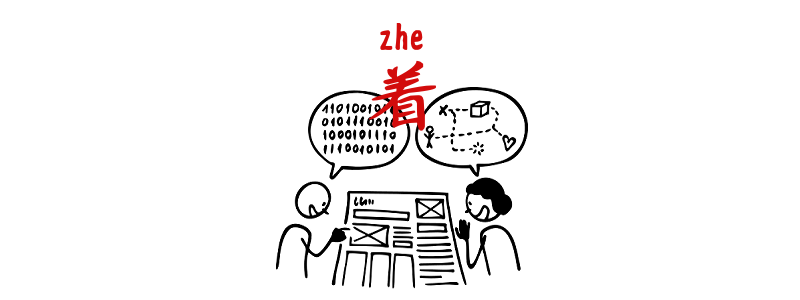Grammar Point:
The particle 着 zhe is used to indicate ongoing actions or a continuous state in Mandarin Chinese. While it’s common in narratives or storytelling, it’s not something you’ll hear often in everyday conversations. In daily life, people usually use 在 zài to talk about actions in progress.
When do we use it?
How would you describe these 2 pictures?
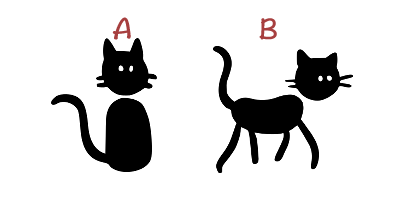
If your answer is 猫在坐 māozàizuò, then you’ve come to the right article! 猫在坐 māozàizuò actually refers to the picture beside.
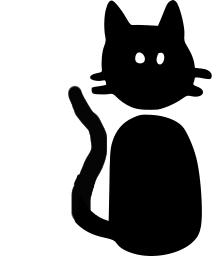
So if you want to describe a current statement that the action won’t just happen and stop right away, you should use 着 zhe.

Picture A
貓坐著猫坐着
The cat is sitting.
Picture B
貓站著猫站着
The cat is standing.
Structure – Verb + 着 zhe
Indicate the continuation of an action or state
貓在冰箱上睡著猫在冰箱上睡着
Cat sleeping on the fridge.
(Being “sleep” is not an action, it’s a statement, so don’t use 在 zài)
門開著门开着
The door is open.
(Being “open” is not an action, so don’t use 在 zài)
那個看著書的女孩是我的女兒那个看着书的女孩是我的女儿
The girl reading the book is my daughter.
(It’s ok to use 在 zài in this sentence)
Sometime 着 zhe and 在 zài are not interchangeable. For example,
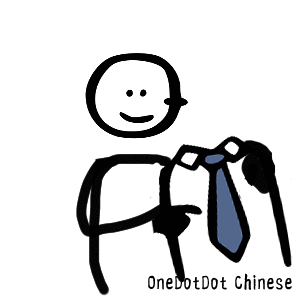
他在穿衣服他在穿衣服
He is putting on clothes.
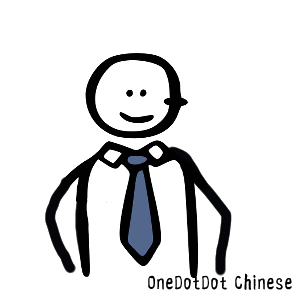
他穿著衣服他穿着衣服
He is wearing clothes.
But sometimes it is interchangeable with 在 zài, when the action is a long process.
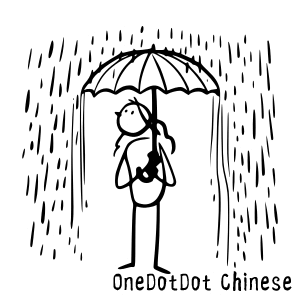
外面在下雨外面在下雨
It’s raining outside.
外面下著雨外面下着雨
It’s raining outside.
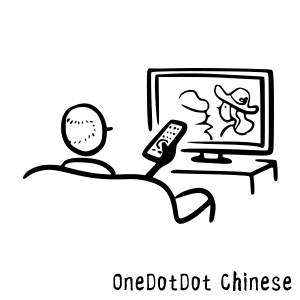
爺爺在看電視爷爷在看电视
Grandpa is watching TV.
爺爺看著電視爷爷看着电视
Grandpa is watching TV.
Express a Command
你等著,我很快回來你等着,我很快回来
Wait, I’ll be back soon.
聽著,我現在要說的話很重要听着,我现在要说的话很重要
Listen, what I’m about to say is important.
好好看著,這就是我跟你的不同好好看着,这就是我跟你的不同
Take a good look, that’s the difference between you and me.
Practice
TouchHover over the space to see the answers.
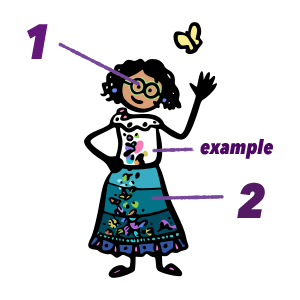
➡️
Ex: 她穿著衣服她穿着衣服
1. 她戴著眼鏡她戴着眼镜
2. 她穿著裙子她穿着裙子
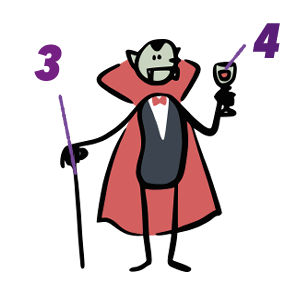
➡️
3. 他拿著拐杖他拿着拐杖
4. 他拿著酒杯他拿着酒杯
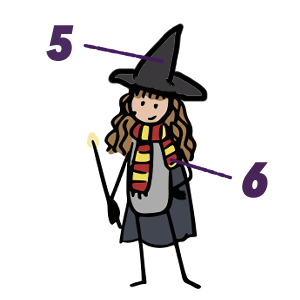
➡️
5. 她戴著帽子她戴着帽子
6. 她戴著圍巾她戴着围巾
